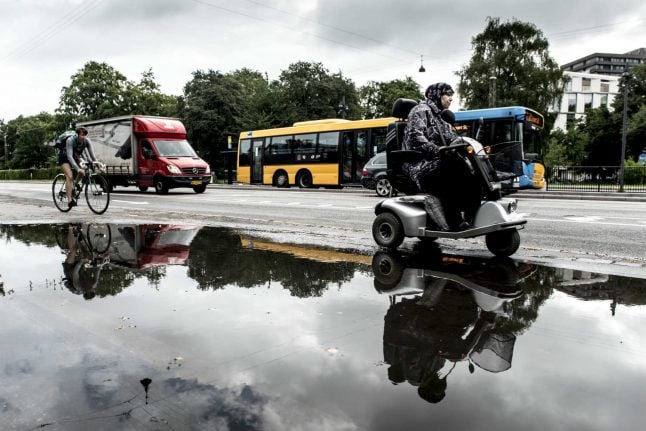565 hours of sunshine in total were recorded by the Danish Meteorological Institute (DMI) in June, July and August.
The last time the three summer months offered such a low amount of sunshine was in 2000, when 540 hours were recorded, writes DMI on its website.
The lowest number of sunshine hours ever recorded was 396, back in 1987.
In 1947, Denmark bathed in 770 hours of sunshine during the three months.
But this year’s summer was not just grey – it was also wet.
Although more rain was recorded as recently as 2011, DMI writes that “wet summers have been the rule rather than the exception since the turn of the century”.
“We will finish with somewhere around 268 millimetres of rain in June, July and August,” climatologist Mikael Scharling writes on DMI’s website.
“That makes this summer the 11th wettest since measurements began in 1874.”
I dag ender den vådeste #sommer i 6 år og den solfattigste i 17
Interessant nok kun 2 år siden en, der var koldere: https://t.co/PWyMCLMkQR pic.twitter.com/2S3ozI1UHN— DMI (@dmidk) August 31, 2017
The average temperature for the summer was 15.4°C (60°F), an unremarkable measure similar to 2015’s average temperature of 15.2°C.
“A summer with few clouds has typically cold nights and warm days. A cloudy summer on the other hand has somewhat humid nights and cool days. Both can result in an average temperature of, for example, 15.4°C, but will feel quite different,” Scharling said.
READ ALSO: In pictures: Roskilde Festival 2017



 Please whitelist us to continue reading.
Please whitelist us to continue reading.